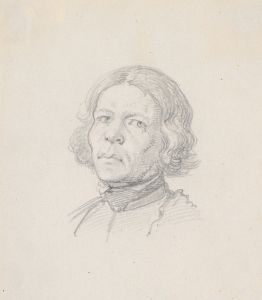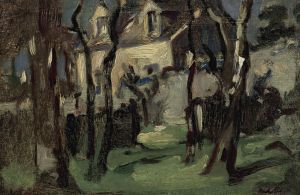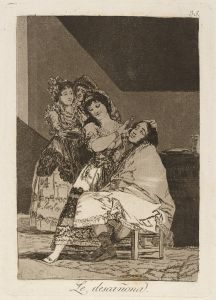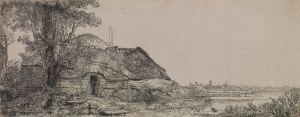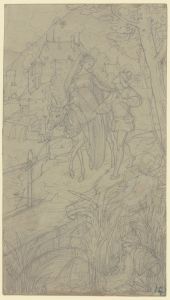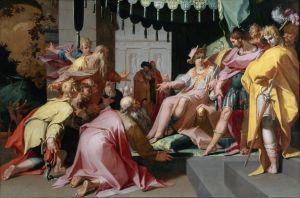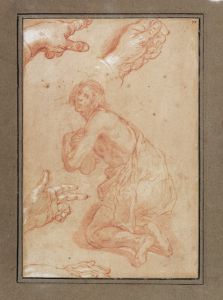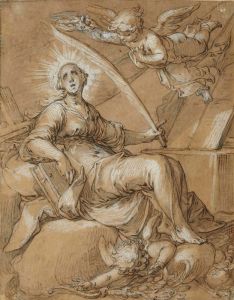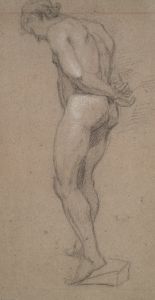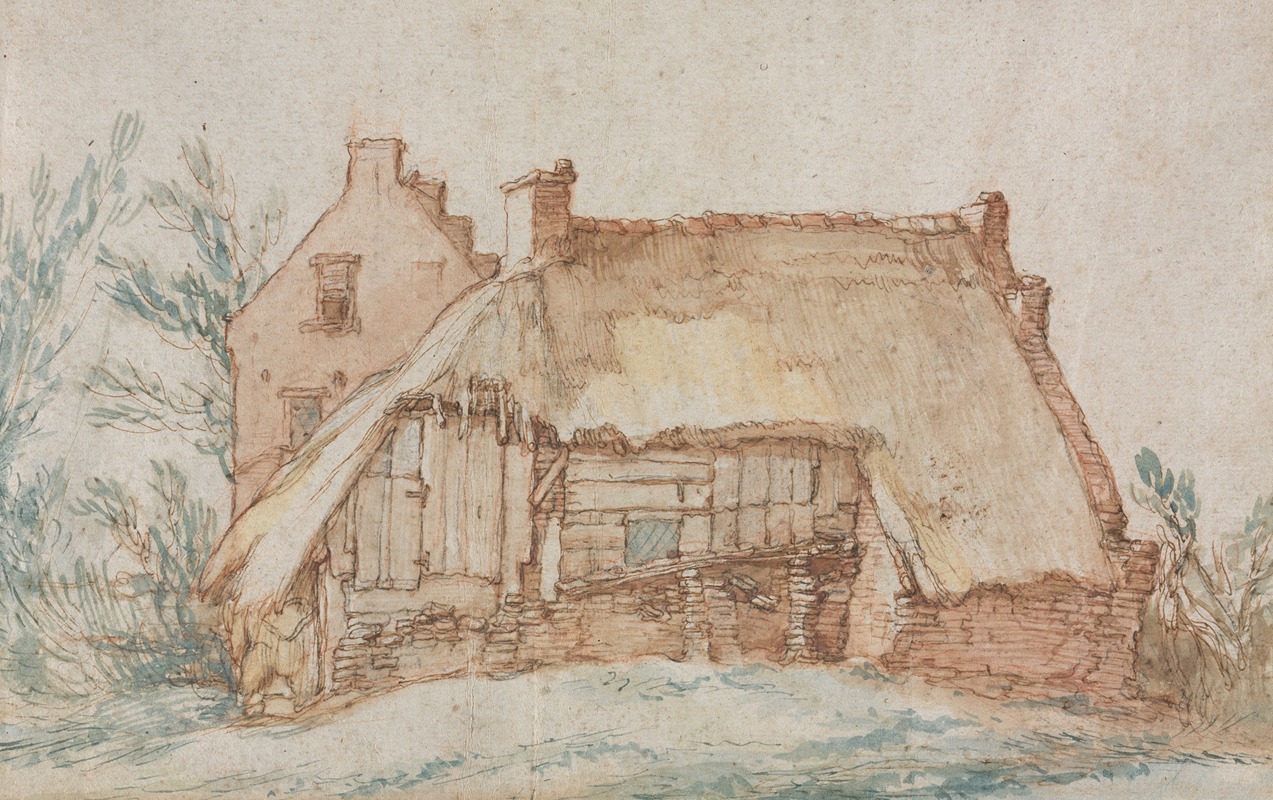
Peasant’s Cottage
A hand-painted replica of Abraham Bloemaert’s masterpiece Peasant’s Cottage, meticulously crafted by professional artists to capture the true essence of the original. Each piece is created with museum-quality canvas and rare mineral pigments, carefully painted by experienced artists with delicate brushstrokes and rich, layered colors to perfectly recreate the texture of the original artwork. Unlike machine-printed reproductions, this hand-painted version brings the painting to life, infused with the artist’s emotions and skill in every stroke. Whether for personal collection or home decoration, it instantly elevates the artistic atmosphere of any space.
"Peasant’s Cottage" is a painting by the Dutch artist Abraham Bloemaert, who was a prominent figure in the Dutch Golden Age of painting. Born in 1566 in Gorinchem and later moving to Utrecht, Bloemaert was known for his versatility and proficiency in various genres, including history paintings, landscapes, and genre scenes. His work is characterized by its detailed composition and vibrant use of color.
"Peasant’s Cottage" exemplifies Bloemaert's skill in depicting rural life and landscapes. The painting portrays a rustic scene featuring a modest cottage surrounded by lush greenery. The composition is carefully balanced, with the cottage positioned slightly off-center, drawing the viewer's eye into the scene. The thatched roof and wooden structure of the cottage are rendered with meticulous attention to detail, showcasing Bloemaert's ability to capture the textures and materials of rural architecture.
In the foreground, figures of peasants are depicted engaging in daily activities, adding a narrative element to the scene. These figures are dressed in simple, humble clothing, reflecting their status and the rural setting. Bloemaert's use of light and shadow enhances the three-dimensionality of the figures and the cottage, creating a sense of depth and realism. The natural light appears to filter through the trees, casting dappled shadows on the ground and the cottage, which adds to the idyllic and serene atmosphere of the painting.
Bloemaert was a master of chiaroscuro, the technique of using strong contrasts between light and dark to achieve a sense of volume and three-dimensionality. In "Peasant’s Cottage," this technique is evident in the way the light interacts with the various elements of the scene, from the foliage to the figures and the cottage itself. The painting also reflects Bloemaert's interest in the natural world and his ability to observe and depict it with great accuracy.
The painting is a fine example of the genre scenes that were popular during the Dutch Golden Age, a period marked by a great interest in everyday life and the natural environment. These scenes often depicted the lives of ordinary people, providing a glimpse into the daily activities and surroundings of the time. Bloemaert's work in this genre is notable for its warmth and humanity, capturing the dignity and simplicity of rural life.
Abraham Bloemaert's influence extended beyond his own work; he was also a respected teacher and mentor to many artists, including his own sons. His contributions to Dutch art were significant, and his works are held in high regard for their technical skill and artistic merit. "Peasant’s Cottage" remains an important example of his ability to blend narrative, landscape, and genre painting into a cohesive and engaging composition.
Today, "Peasant’s Cottage" is appreciated not only for its artistic qualities but also for its historical significance, offering insight into the rural life of the 17th century Netherlands. Bloemaert's legacy as a painter and teacher continues to be recognized, and his works are featured in various museums and collections around the world.





